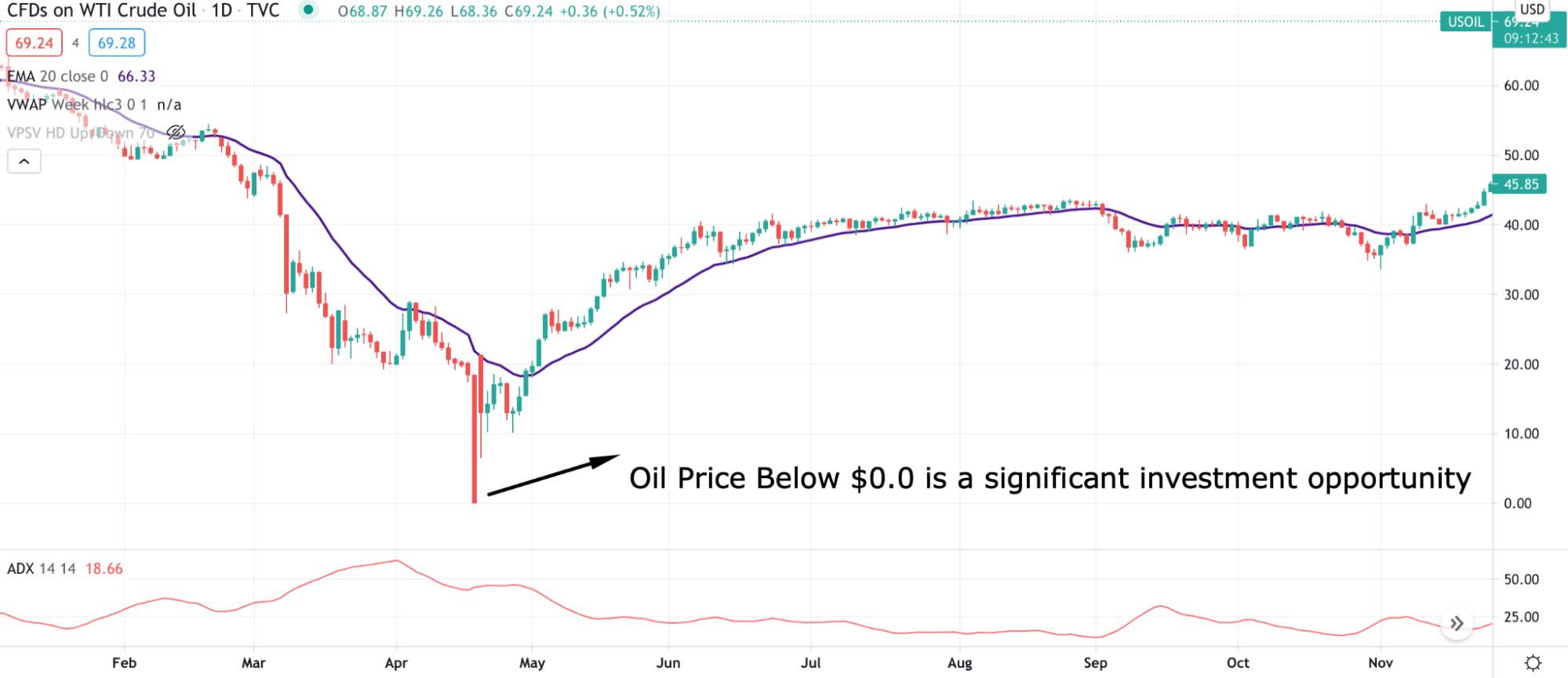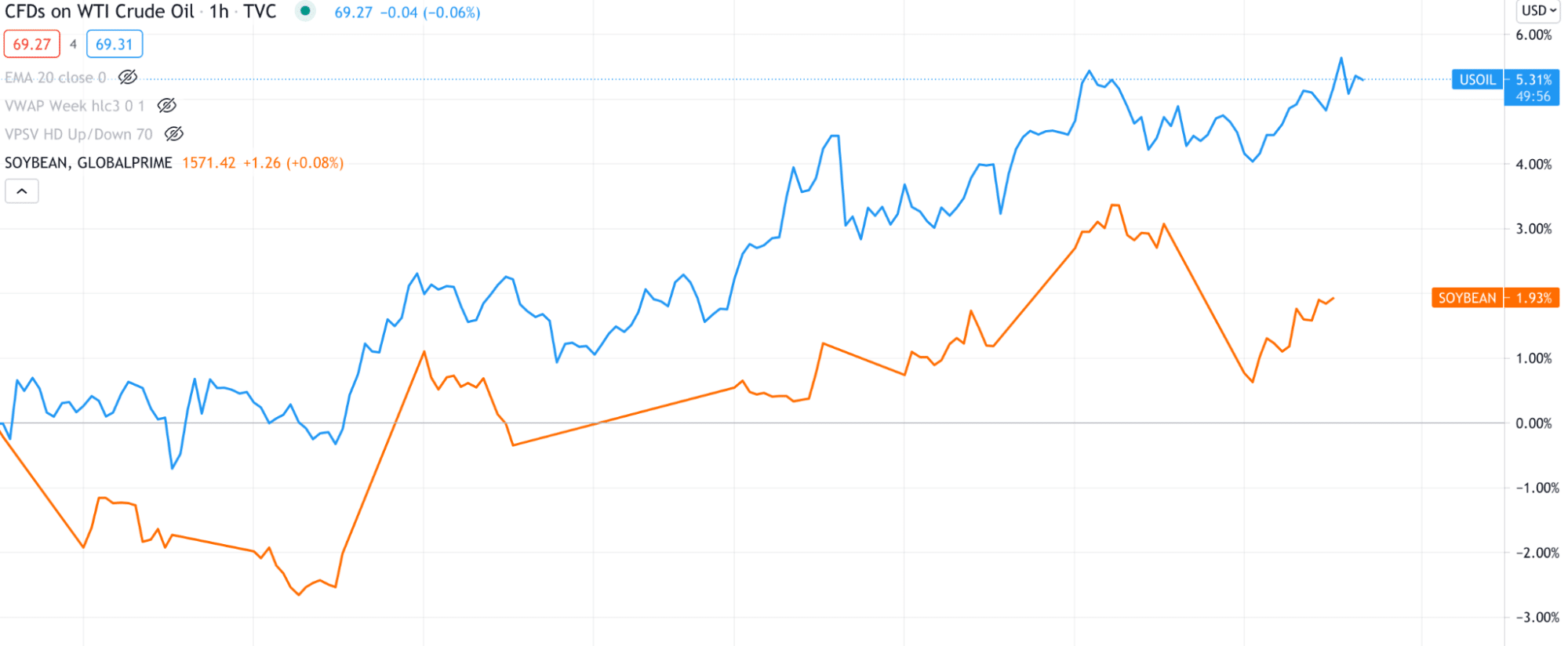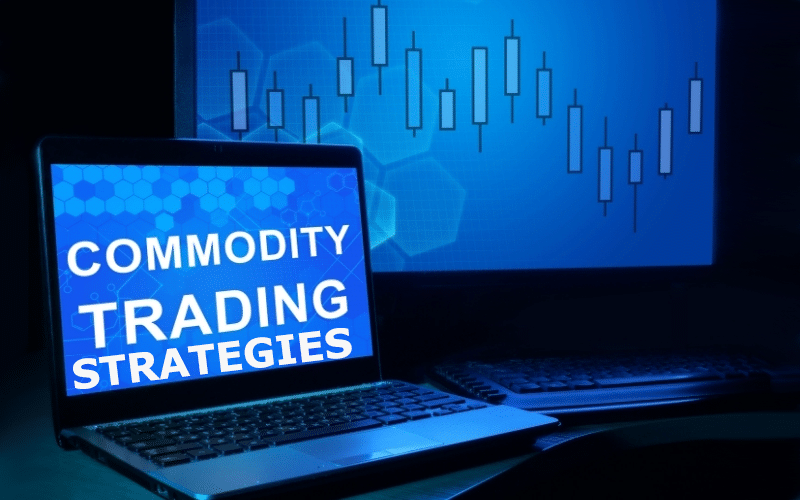Commodity trading is different from traditional forex trading, but it could be a way to earn money from seasonal price change from commodities.
The term “trading” is a very ancient concept. Since the beginning of history, people have started to exchange their desired stuff with their possessions. The idea of getting stuff is still alive in this modern world, but the trading system changes with time demand. People of this world usually purchase goods or services in exchange for money and based on this concept. Thus, commodity trading became popular among investors.
In this article, we will highlight commodity trading and the best three strategies to trade commodities.
Basics of commodity trading
A commodity market is a primary marketplace that trades in primary economic sectors such as rice, oil, cocoa, coffee, gold, etc., not like the manufactured products. Commodities are attractive investment opportunities for their characteristics of buying or selling raw products. Some investors keep their wealth on commodities during the volatility of stocks because the study shows commodity price and the stock price tend to move in the opposite direction. So when the uncertain movement comes in, investors find commodities as a safe-haven investment asset.
In the past, commodity trading was not available to everyone as it needed resources, money, expertise, and time. Now it has become a marketplace for nearly everyone. Anyone around the globe can be a participant in the commodity market with only a little money as $50.
This type of trading doesn’t mean to purchase the actual product; it is more likely related to the worth of the product. Additionally, commodity trading varies from person to person, maybe even region to region.
For example, imagine an area that involves farming as an undivided part, or simply citizens of that area depend on farming and agriculture. Then the livestock and agriculture products would be an essential part of commodity trading for that area. By any means, commodities, crops, and energy are a daily part of our life.
Top three commodity trading strategies
Nowadays, it has become easier to be a participant in the commodity market with the availability of technology. However, it wasn’t always like this. Firstly people exchanged goods they want for goods they have.
Over the centuries, this idea of exchanging reached a new era. People found metals started to use metals to make their life more comfortable, so the demand for this commodity has increased. As a result, gold and silver become the standard to exchange any goods or services. Metal gold is associated with royalty, and the value/acceptance of gold is based on its beauty, scarcity, density, easy melting, etc., attributes.
By observing the history of the commodity market, we sort commodities into four types:
- Energy commodities: neutral gas, oil, etc.
- Metal commodities: gold, platinum, silver, etc.
- Agriculture commodities: beans, rice, corn, coffee, etc.
- Livestock/meat commodities: pork, cattle, etc.
On the other hand, there are two types of transactions happening in the commodity market nowadays.
- First is the ‘spot market’ or ‘cash market,’ which is also known as ‘physical market,’ where traders exchange products physically, so an immediate delivery occurs.
- Another type is ‘derivative market,’ in which no physical commodities exchange, instead of some future contracts. You can be a part of the deal at the current day price and close or hold the position after the product delivery.
To trade commodities, you must have a proper strategy to follow the price and identify the potentially profitable levels to take entries. There are approx 100 commodity assets available to trade at the 50 commodity markets worldwide. So you must need to learn or build up a proper way to trade commodities.
The following part will discuss three top commodity trading strategies in 2021 that you must know if you want to be a commodity trader.
Fundamental assessment
We know that every trading asset depends on the supply and demand for the target asset. Increasing demand and limitations in supply mean the asset price may go up, and with more supply and decreasing demand, the price starts to decline. With this logic, you have to research your target commodity.
For example, suppose you are looking to buy sugarcane or maize, which needs more water to grow. If there is any lack of water demand, the price of sugarcane or maize may hit high. Again look at crude oil, the largest producer of crude oil is countries from the middle east. Countries like India have an increasing demand for crude oil to consume. Several political facts also affect the supply of crude oil.
So understanding supply demand for any asset will guide you to constant profitability from the commodity market. You can trade any commodity you want.

In the above image, we can see the crude oil price where demand became the lowest in centuries. Moreover, the oversupply made the price lower near zero, creating it as a profitable investment opportunity.
Focus
Focusing on the asset is very important in the world of trading. So the idea is straightforward, focus and research on commodities you may want to invest your money in.
In this case, we suggest you choose commodities with available information that you can access or news related to that commodity published too frequently, or at least you know where to find them.
For example, if you want to follow two different types of commodities simultaneously, such as silver and soybean, you may lose focus on both. On the other hand, you can follow soybean and maize at once as they are both the same type of commodity.
For example, the price affection factor is not the same for soybean and crude oil. Soybean price depends on the weather, supply-demand, political policies, etc., where the oil price has a more negligible effect on price from weather uncertainty.

The above image shows the price comparison between soybean and crude oil.
Seasonality
Seasonality is a common factor that most novice traders ignore. However, when you are in the world of commodity trading, you must be aware of the seasonal behavior of your target asset. Most of the agriculture commodity prices are related to the season and weather. Even energy, metal, and livestock commodities are affected by seasonal potentiality.
For example, the price of heating oil increases in the winter with growing demand, but the price falls with the decreasing demand in the summer season.
Conclusion
Finally, note that no commodity strategy will work 100% at all the time. However, strategies will increase your profitability and reduce your risk at your investment in commodities. It takes time to master commodity strategies. So we suggest practicing and more research before starting to trade commodities.




